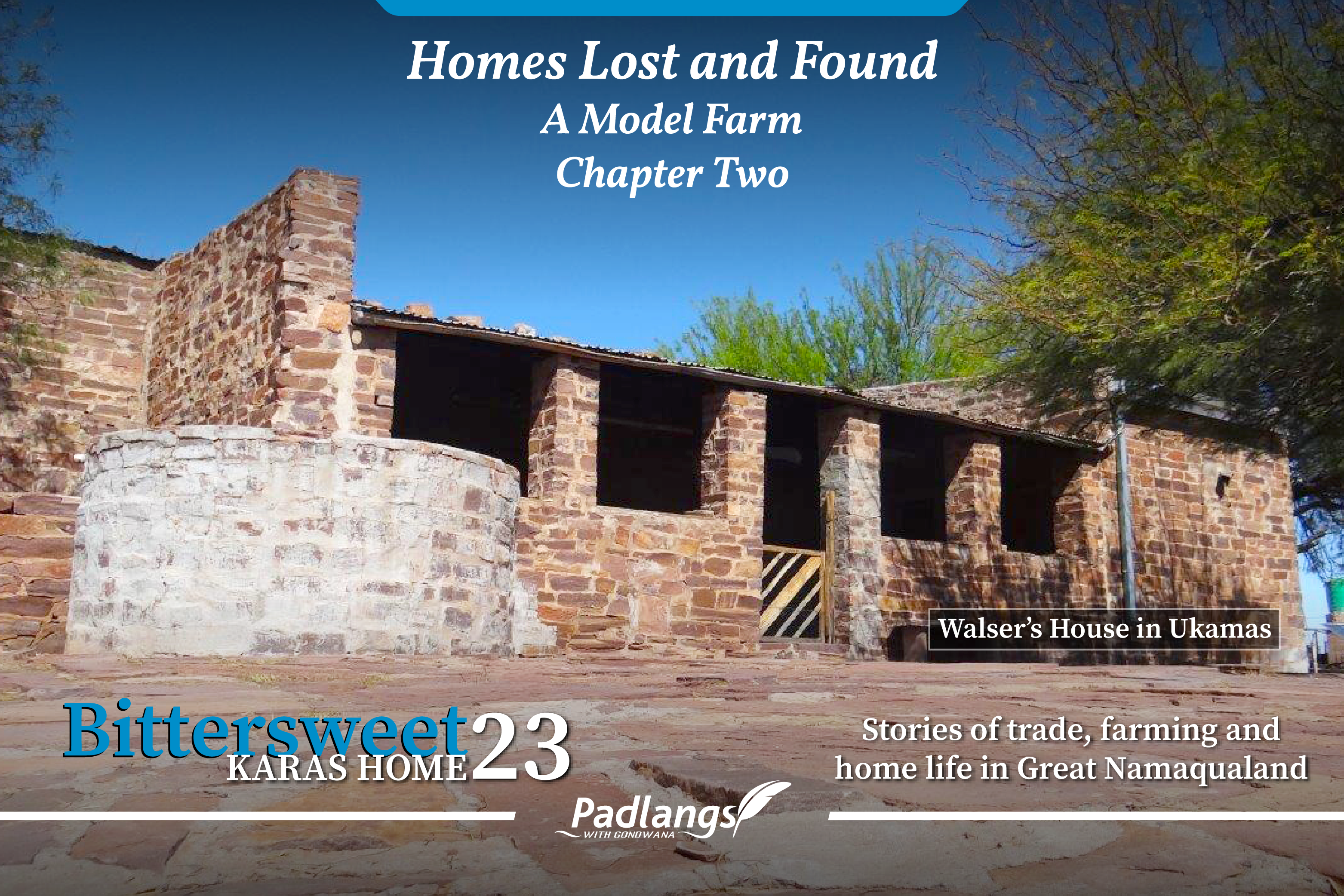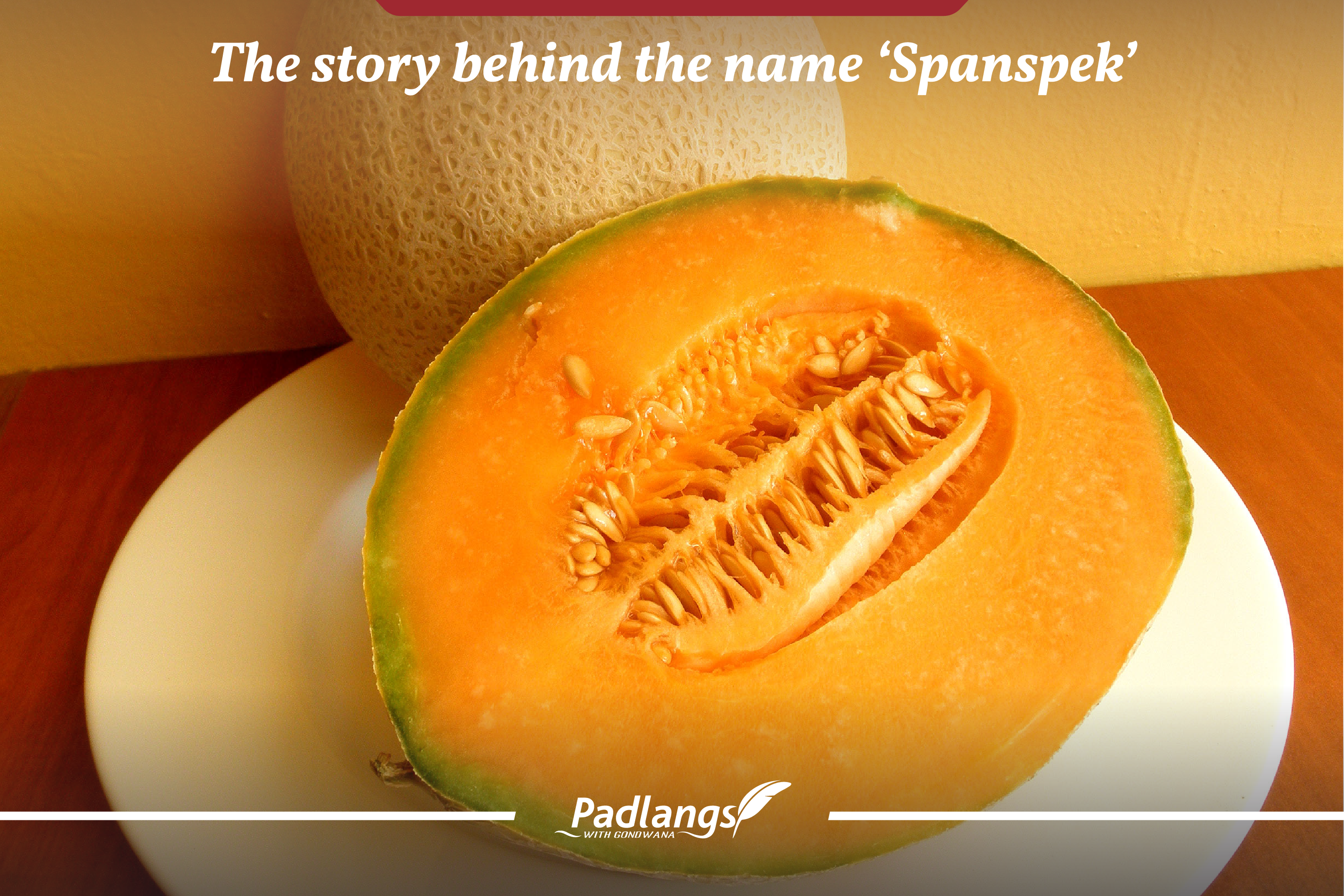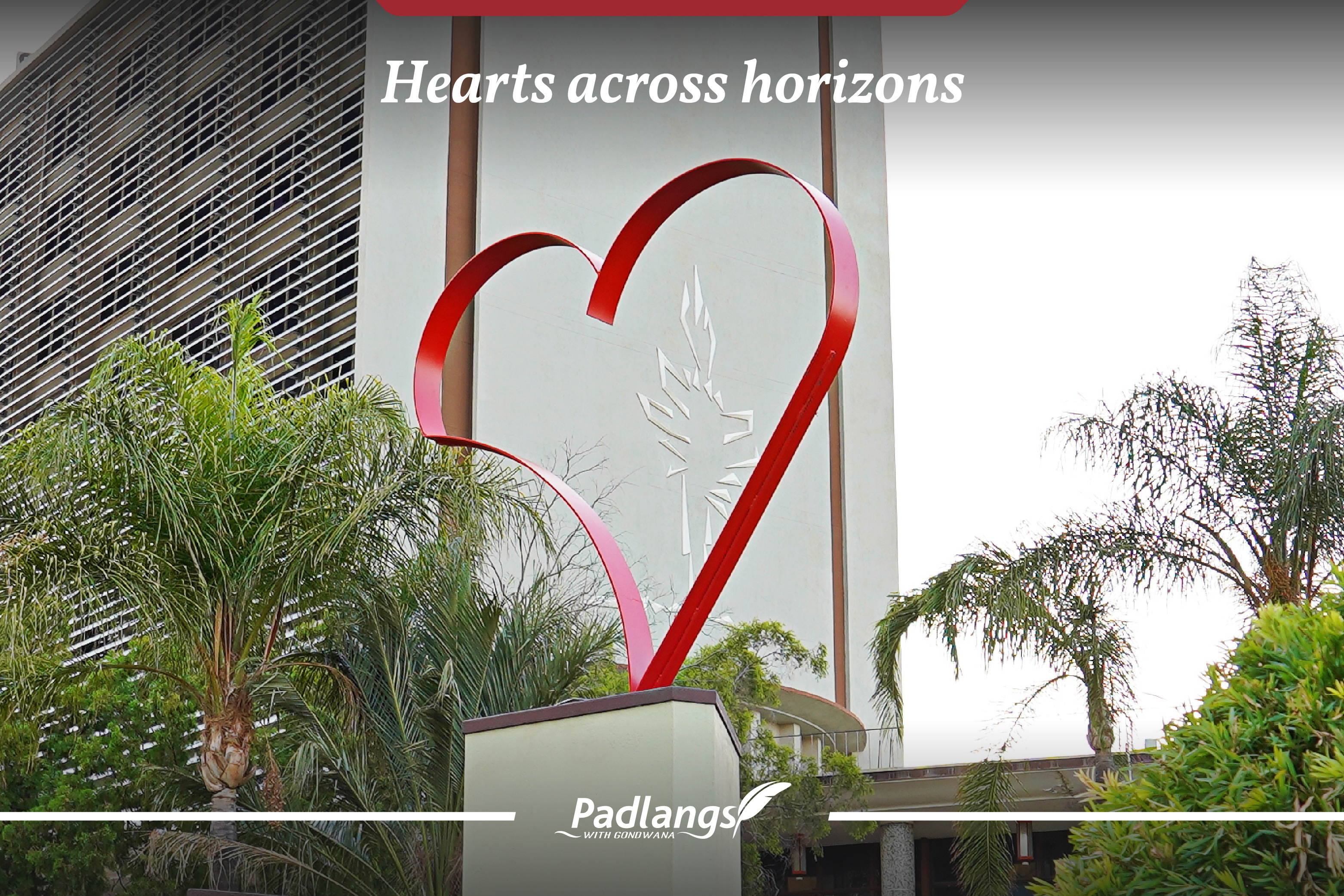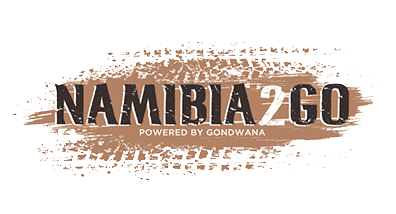Many years ago, I was contacted by a Miss Bester, who sent me a letter with an intriguing article about a bit of Namibian history that is well-known among locals, but is rarely found in books. At the time, I was caught up with work and filed the article away, intending to retrieve it at a later date. That time arrived recently, when I was travelling from Epupa via Palmwag to the coast and saw the words ‘Dopsteekhoogte’ (Have-a-drink Heights) spray-painted in white on the rock, reminding me of the story.
.jpg?width=2083&height=2083&name=13_Dopsteek%20Hoogte-02%20(1).jpg)
As soon as I got back to Windhoek, I rummaged through years of papers to find the article and was relieved when I found this record of lost history intact. The story is still as fascinating as it was then. It took place in December 1957 when Miss Bester was a young child. The highlight of the year for the farmers from the Outjo, Khorixas (then called Welwitschia) and Kamanjab areas was to head to the coolness of Torra Bay for a month-long holiday. It took nearly three days to get there on a rudimentary track known as a ‘tweespoorpad’ (two-track road), which spanned several mountain passes. The farmers formed a convoy of eleven vehicles. Each vehicle was laden with food, fuel and water, fishing and camping equipment, and all the paraphernalia that you needed for a long trip away from home without any chance of replenishing supplies.
The back of Frikkie (‘Ouswaer’) Bester’s ton-and-a-half Chev bakkie was piled high with goods and the two youngest children found a small space to sit on the top. It was slow-going and stifling hot. The vehicles had to slow down to cross the stony riverbeds, struggle along the sandy track of the Huab River and engage low gear for the steep mountain passes. The drivers stopped regularly for the engines to cool. With bonnets open, they chatted amicably in the hot sun until it was safe to continue. The group camped alongside the road at night and were up before first light to continue the journey.
.jpg?width=2083&height=2083&name=13_Dopsteek%20Hoogte-03%20(1).jpg)
It was on the last pass before the coast when the table-topped Damaraland mountains lay behind them that drama struck when Frikkie Bester approached a sharp bend in the road that had been washed away by rainfall. As he made the tight turn in the heavily-laden bakkie, the back wheel slipped off the road and the vehicle tilted precariously over the side, anchored by a sturdy ‘witgatboom’ (shepherd’s tree). Amid the terrifying sounds of rocks falling, wood breaking, metal shearing and Ma Bester screaming, the children skidded to the ground as luggage scattered around them and the gas bottle and 44-gallon water drum went tumbling down the mountain. When the dust had settled and the two children found – startled and scratched, but unharmed – the group worked together to get the vehicle back on the road, repair the bakkie’s wooden railings (‘tralies’) and retrieve the supplies and equipment. It was late in the day when the convoy could finally continue up the pass.
When it reached the top of the mountain and the striking panorama was lit up in gold, Frikkie signalled for the group to stop. He fetched a box of sweet wine from his vehicle and a glass, and as everyone circled around him, he walked from person to person offering them a ‘dop’ and shaking hands to thank them from the bottom of his heart for their help. When the group later referred to that spot, they called it ‘Dopsteekhoogte’, and the name stuck.
Over the years, a bench and a shelter were erected, and even though the road has since been upgraded, it became a local tradition when on the way to the coast to stop and have a drink at Dopsteekhoogte. Nearly 70 years later, the story lives on.
.jpg?width=2083&height=2083&name=13_Dopsteek%20Hoogte-04%20(1).jpg)









.png)

SUBMIT YOUR COMMENT